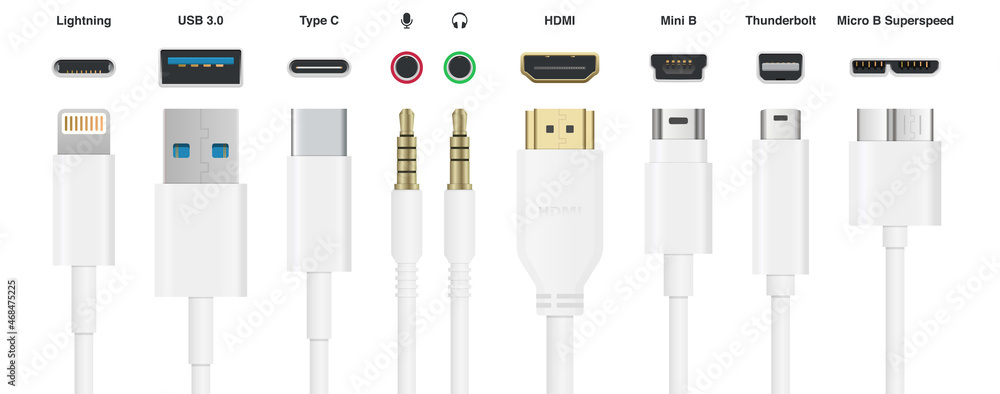Laptops and Mobile Devices
Laptops
Components like CPUs, RAM, storage, power systems, and peripherals, are essential in all computers, including mobile phones. While smaller in size, mobile phones contain a compact version of the same hardware found in desktops and laptops.
- Mobile phones have miniaturized computer hardware
- Desktops and laptops offer more flexibility and expandability
- Modular parts can be upgraded or replaced
- Users can customize systems for specific needs or performance
Mobile Devices
Mobile devices, such as tablets and smartphones, are essentially miniaturized computers. They incorporate CPUs, RAM, storage, power systems, and peripherals, just like desktops and servers. However, they're distinguished by their portability and reliance on batteries.

These devices vary from general-purpose computing devices to specialized tools like fitness monitors and e-readers. Unlike traditional computers where components can be individually replaced, mobile devices often integrate these components directly onto the motherboard or even onto a single chip in the case of System-on-Chip (SoC) designs.
USB
For instance, a waterproof fitness tracker avoids using a vulnerable Micro-USB port by opting for a custom charging interface that can withstand submersion. Mobile devices commonly employ various standard and proprietary ports and connectors for power, data, and display needs, such as USB-C, Lightning, Mini-USB, Micro-USB, Micro-HDMI, Mini-HDMI, and Mini DisplayPort.

BYOD (Bring Your Own Device)
Many organizations permit employees to use their personal mobile devices for work, known as Bring Your Own Device (BYOD). Respecting user privacy and adhering to organizational policies regarding these devices is crucial for IT support personnel.
Batteries
Mobile technology relies on rechargeable batteries to provide portable power. These batteries may be removable with external chargers or integrated with devices using cradle stands or wireless charging pads.
Charge Cycles
Rechargeable batteries have a finite lifespan measured in charge cycles, each comprising a complete charge and discharge. As batteries age, they may take longer to charge and hold less charge than when new. Monitoring the cycle count can help predict battery longevity.
Power Supply Unit (Chargers)
Instead of large Power Supply Units (PSUs), portable devices use compact power adapters or chargers to manage power transfer. Using the correct charger compatible with the device is crucial to avoid damaging the battery, device, or charger.
Keeping Batteries Safe and Healthy
Rechargeable batteries are sensitive to extreme temperatures and mishandling. Operating batteries within their safe temperature range is essential to prevent damage, which can lead to swelling, leakage, or even fire hazards.
Safe handling procedures vary based on the battery type, so be sure to read up on proper procedures before you work with a damaged battery. When a battery reaches the end of its life, you'll need to replace it.
When to Replace Batteries
Devices may exhibit reduced performance or unexpected shutdowns as batteries near the end of their life. While some devices allow user-replaceable batteries, others, like compact laptops and mobile devices, have integrated batteries that are challenging to replace.
IT support specialists often troubleshoot issues related to battery life and device charging. Ensuring compatibility among charger, battery, and device is fundamental. Additionally, understanding battery optimization techniques for iOS and Android devices enables IT support to educate users on maximizing battery efficiency.
Check out these resources to learn more: